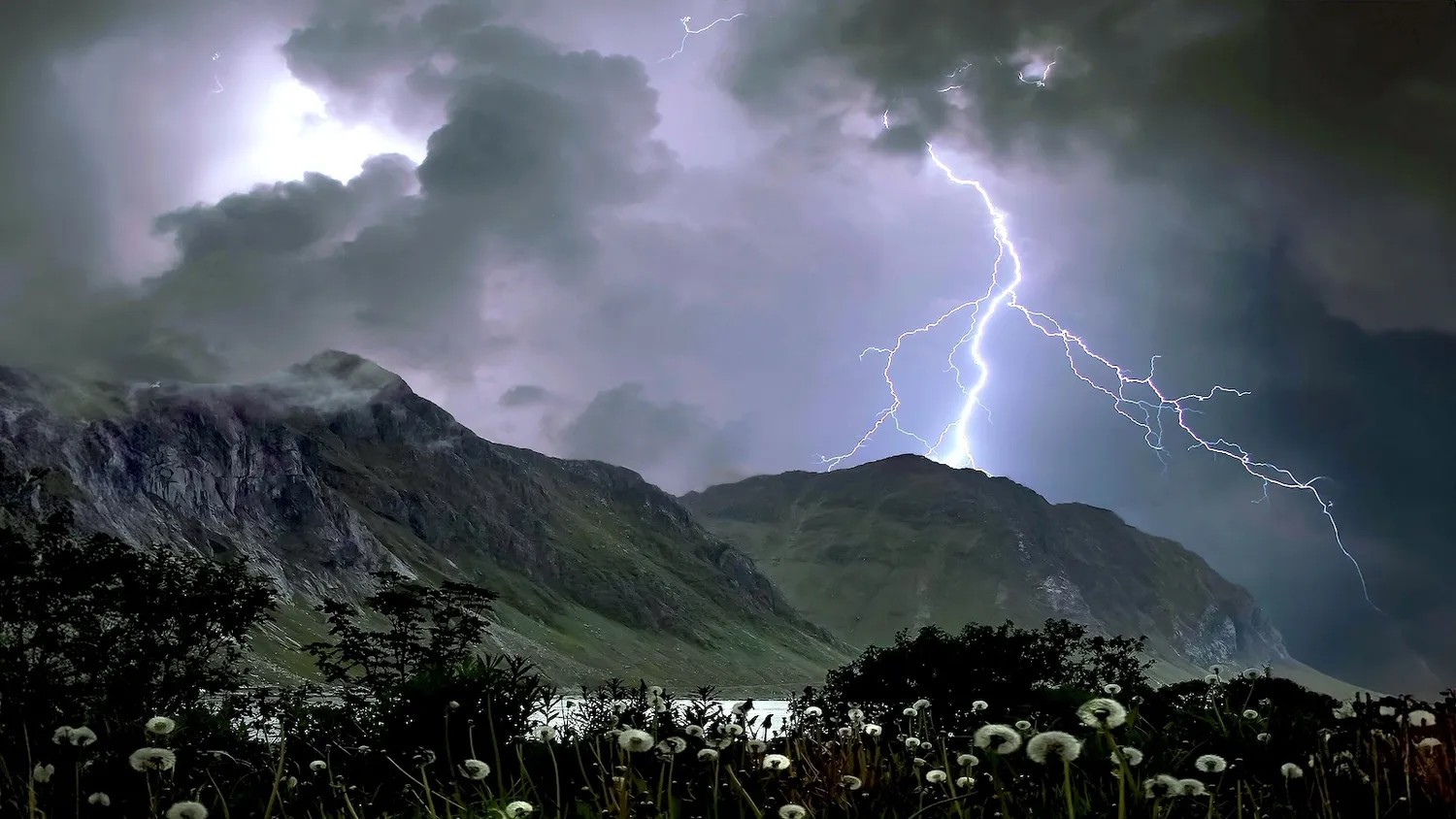
Lightning Strikes the Arctic: What It Means for a Warming World
As the planet warms, lightning—once virtually absent from the Arctic—is becoming increasingly common, signaling profound shifts in the global climate system. In August 2019, a massive thunderstorm produced over a thousand lightning flashes near the North Pole, marking the closest strike ever recorded. Scientists now warn that this surge in Arctic lightning could reshape wildfire patterns, atmospheric chemistry, and ecosystems in the far north.
Data show a dramatic increase: lightning events north of the 80th parallel have risen from around 100 per year in the early 2010s to more than 7,000 in 2021. In Alaska, lightning strikes have doubled over the past decade, contributing to more frequent and intense wildfires. These fires burn deeper and hotter, destroying vegetation, accelerating permafrost thaw, and releasing large amounts of methane — a potent greenhouse gas — into the atmosphere.
Researchers are struggling to predict how lightning will evolve as temperatures rise. A widely cited 2014 study estimated lightning increases by about 12% per 1°C of global warming, potentially 50% more by 2100. Yet other models differ sharply, since lightning is influenced by factors like precipitation, air instability, air pollution, and the amount of ice and graupel in clouds. For example, cleaner air during the Covid-19 lockdowns led to a 15% drop in lightning worldwide, highlighting how human activity affects atmospheric electricity.
Intriguingly, lightning might also help mitigate climate change. Recent studies show lightning generates enormous quantities of oxidants—hydroxyl radicals that help “scrub” methane from the atmosphere. When lightning activity dropped during the pandemic, hydroxyl levels fell and methane concentrations spiked by one of the largest annual increases ever recorded.
Still, scientists remain uncertain about the balance of these opposing effects. Will more lightning mean more methane from fires and permafrost, or more chemical reactions that destroy methane? As storm patterns shift poleward, the Arctic’s newly “electric” skies have become a potent symbol of how climate change is transforming even the planet’s most remote frontiers.
Source: Yale Enviroment 360
Website: Lightning Strikes the Arctic: What Will It Mean for the Far North? - Yale E360
Disclaimer:
1.The articles compiled and published by this association on the Taiwan Net Zero Emissions Association's official website and in the Member Biweekly Report are for the purpose of introducing international environmental trends and for educational use only, not for profit.
2.Any legal responsibilities or losses resulting from the use or adaptation of articles translated by the association shall be borne solely by the user or adapter.
For more insights on net-zero emissions, feel free to subscribe to our biweekly newsletter:
https://www.tnzea.org.tw/eforms.php?lang=tw&tb=1


